Growth of the Sports Industry
The expansion of the sports industry is a notable driver for the Orthopedic Braces and Support Market. As more individuals participate in sports and physical activities, the incidence of sports-related injuries is on the rise. This trend has led to an increased demand for orthopedic braces designed specifically for athletes, which can provide support and protection during physical exertion. Market data indicates that the sports segment is one of the fastest-growing areas within the orthopedic market, as athletes and fitness enthusiasts seek products that enhance performance and prevent injuries. Additionally, endorsements from professional athletes and sports organizations further promote the use of orthopedic supports, thereby boosting market visibility. The Orthopedic Braces and Support Market is thus poised to benefit from the ongoing growth in sports participation.
Rising Healthcare Expenditure
The upward trend in healthcare expenditure is a significant factor driving the Orthopedic Braces and Support Market. As healthcare budgets expand, there is a greater allocation of resources towards orthopedic care and rehabilitation services. This increase in spending allows for more comprehensive treatment options, including the use of orthopedic braces and supports. Data indicates that countries are investing more in preventive healthcare measures, which include the use of orthopedic products to manage conditions before they escalate. Furthermore, insurance coverage for orthopedic devices is improving, making these products more accessible to patients. This financial support is likely to encourage more individuals to seek out orthopedic solutions, thereby fostering growth in the Orthopedic Braces and Support Market.
Increased Awareness of Orthopedic Solutions
There is a growing awareness among consumers regarding the benefits of orthopedic braces and supports, which is driving the Orthopedic Braces and Support Market. Educational campaigns and healthcare initiatives have contributed to a better understanding of how these products can aid in recovery and improve overall health. As individuals become more proactive about their health, they are more likely to seek out orthopedic solutions for both preventive and rehabilitative purposes. This trend is reflected in market data, which indicates a steady increase in sales of orthopedic products. Furthermore, the rise of e-commerce platforms has made these products more accessible, allowing consumers to easily find and purchase orthopedic braces that meet their needs. This heightened awareness is expected to sustain the growth trajectory of the Orthopedic Braces and Support Market.
Technological Innovations in Product Design
Technological advancements in the design and manufacturing of orthopedic braces are significantly influencing the Orthopedic Braces and Support Market. Innovations such as 3D printing, smart materials, and customizable designs are enhancing the functionality and comfort of orthopedic products. These advancements not only improve patient outcomes but also attract a broader consumer base. For instance, the introduction of lightweight and breathable materials has made braces more comfortable for prolonged use, which is crucial for patient compliance. Market data suggests that companies investing in research and development are experiencing higher growth rates, as consumers increasingly prefer products that incorporate the latest technology. As a result, the Orthopedic Braces and Support Market is likely to see continued innovation, which will further drive demand.
Rising Incidence of Musculoskeletal Disorders
The increasing prevalence of musculoskeletal disorders is a primary driver for the Orthopedic Braces and Support Market. Conditions such as arthritis, osteoporosis, and sports-related injuries are becoming more common, leading to a heightened demand for orthopedic braces and supports. According to recent data, musculoskeletal disorders affect millions of individuals, significantly impacting their quality of life. This trend is likely to continue, as the population ages and more individuals engage in physical activities that may lead to injuries. Consequently, healthcare providers are increasingly recommending orthopedic braces as part of treatment plans, further propelling market growth. The Orthopedic Braces and Support Market is thus positioned to expand as more patients seek effective solutions for pain management and mobility enhancement.


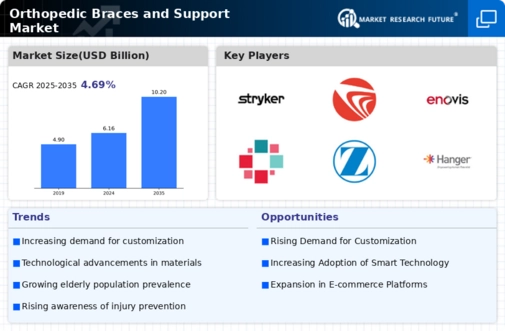
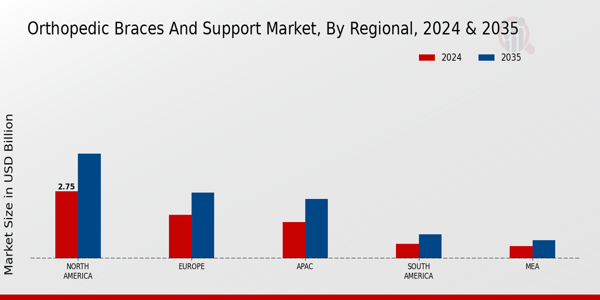
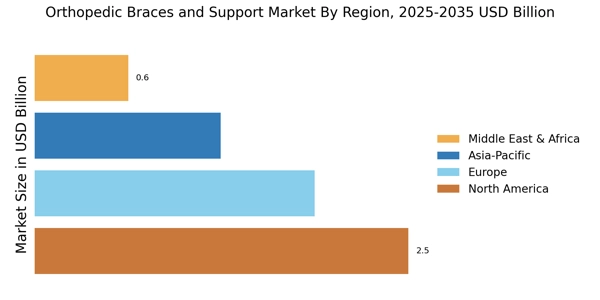
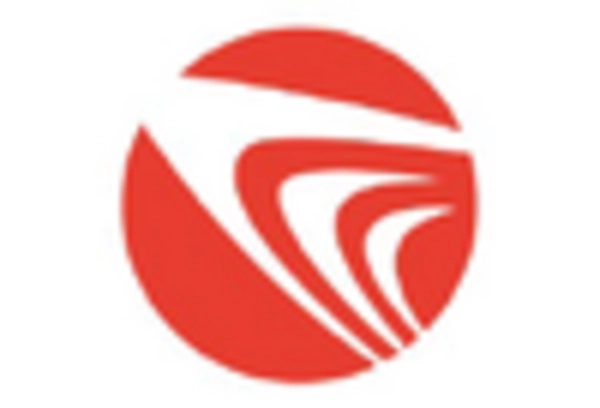

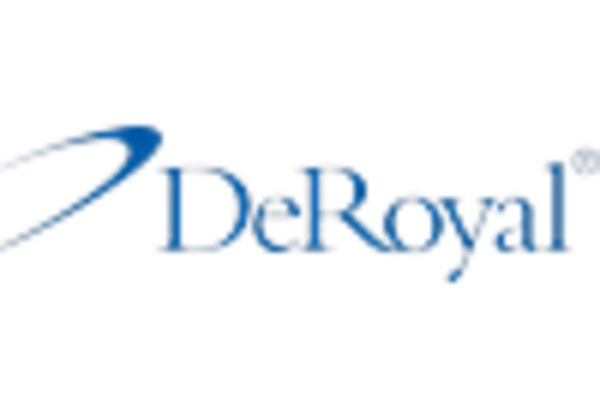
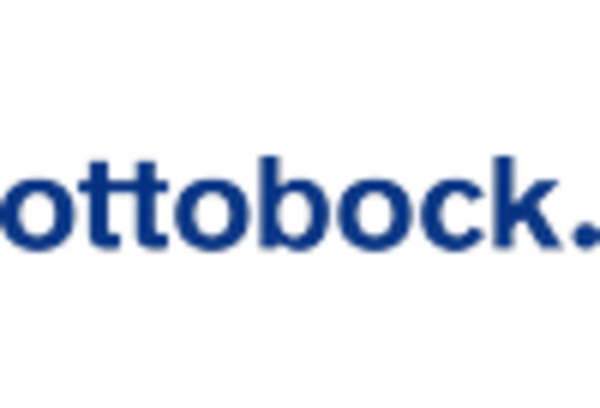
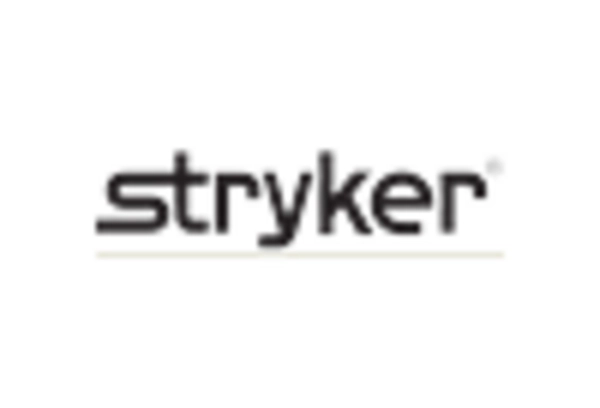
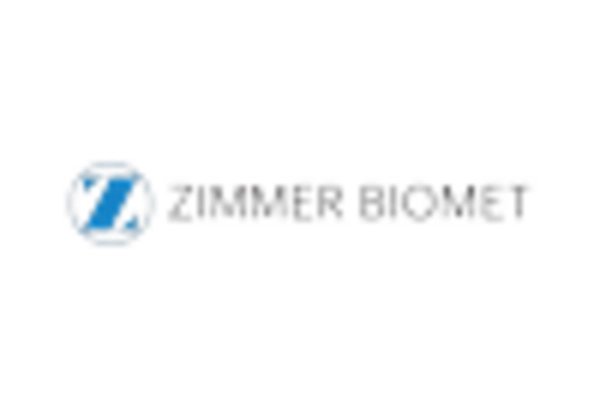








Leave a Comment